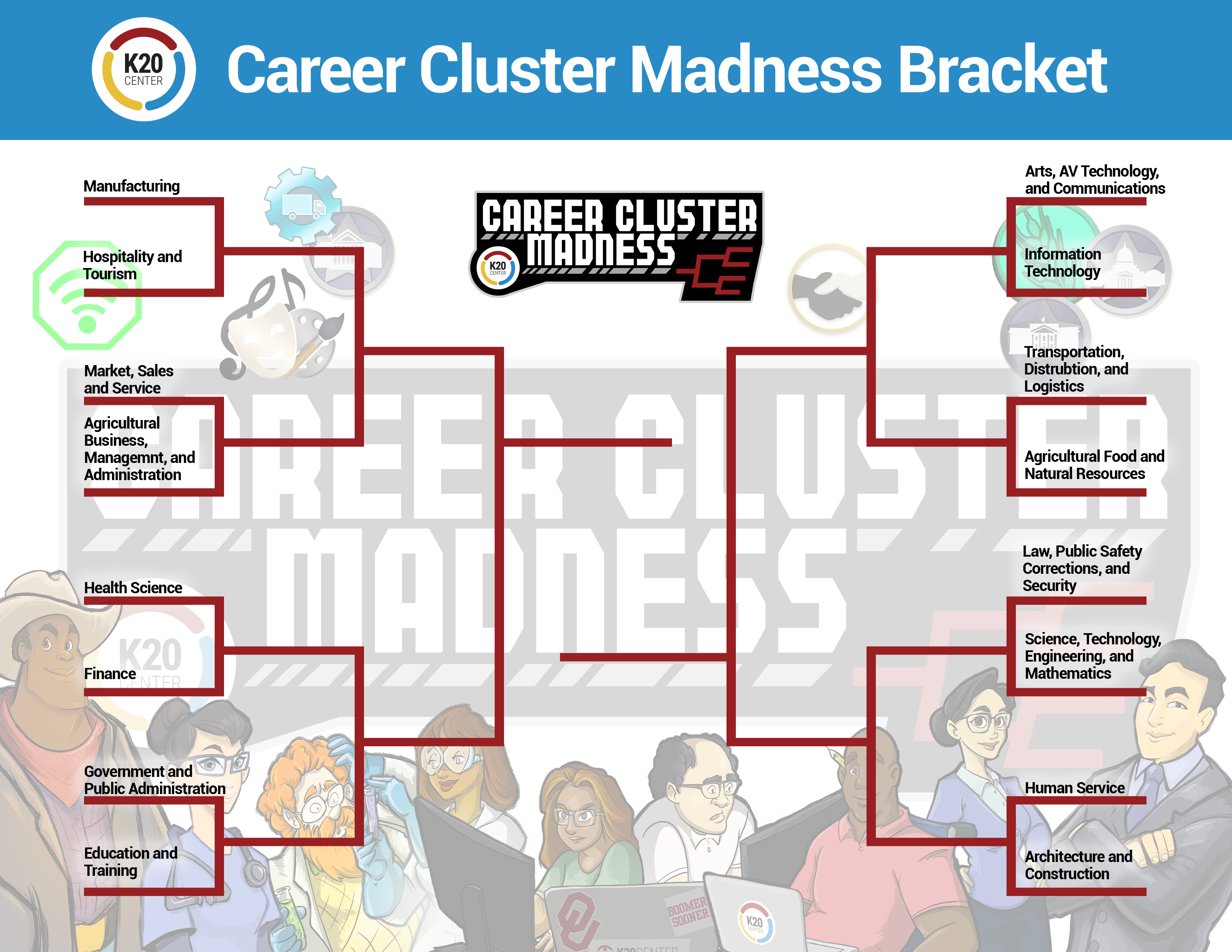Card

K.I.M.S.
K.I.M.S. is an acronym that is used to help students build their vocabulary knowledge across any content area. It stands for Key word, Important information, Memory clue, and Sentence.
K.I.M.S.
Summary
The K.I.M.S. strategy is an acronym that is used to help support direct vocabulary instruction. When a new term is introduced, students brainstorm the following information and record it in a graphic organizer: Key word (K), Important information (I), Memory clue (M), and Sentence (S).
Procedure
Students create a chart with four columns and label them K, I, M, and S.
When a new term is introduced, the students add it to the “K” (Key Term) column. An example would be the math term "sum."
Students then identify the important information that defines what the term means and record this information in the “I” (Important Information) column. For example, important information for the term “sum” would be "the answer to an addition problem.”
Next, students determine what memory clue helps them remember what the term means. Students write or draw this memory clue into the “M” (Memory Clue) column. For example, a memory clue for “sum” would be "3 + 4 = 7" with the number "7" circled or highlighted.
Finally, students create a sentence that correctly uses the word. Students write this sentence in the “S” (Sentence) column. For example, a sentence for “sum” would be "The sum of 3 and 4 is 7." Students underline or highlight the keyword in the sentence.
Vibas, K. (1970, January 1). K.I.M.—A highly effective strategy to build vocabulary across any content area. http://www.awalkinthechalk.com/2016/12/kim-highly-effective-and-simple.html



